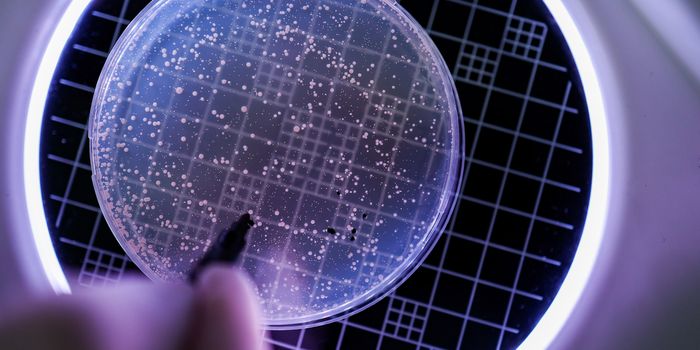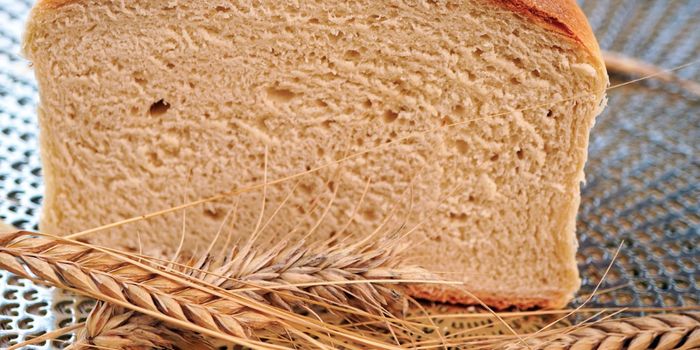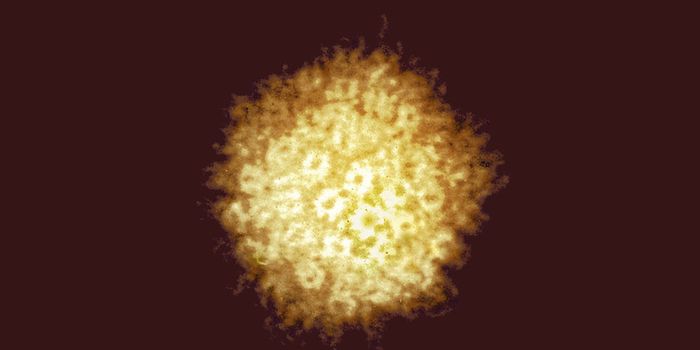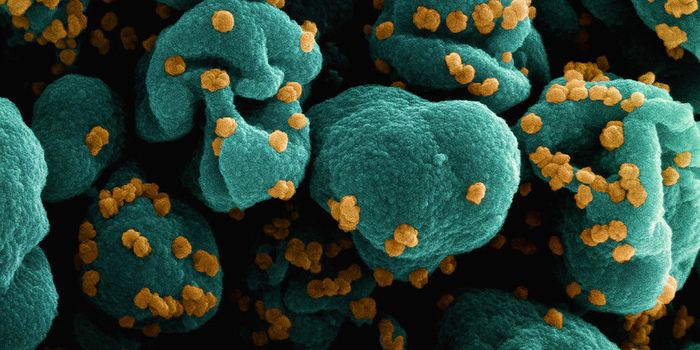A Microbe That Makes Methane From Oil is Found in the Gulf of Mexico
Archaea have been gaining research attention in recent years, and occupy their own branch on the tree of life. They share some similarities with bacteria; they both lack membrane-bound organelles, for example, but their genomes show that they're different. Archaea are diverse, and can exist in some of the most extreme environments on the planet, like hydrothermal vents and water with high salt content. Researchers have now discovered archaea that can exist deep in the ocean, and can use hydrocarbons (like oil) for energy, transforming the chemicals into methane in the process. The findings have been reported in mBio.
Hydrocarbons can seep out from the seabed, moving through cracks in rocks and sediments from the ground to the surface. These compounds can help sustain a variety of microbial life deep in the ocean.
This work characterized an archaean called Methanoliparia. It can split oils, a long chain of carbon atoms bonded to hydrogen atoms, into methane, one carbon atom bonded to four hydrogen atoms - CH4 and carbon dioxide - CO2. The reaction is called alkane disproportionation. It was once thought that bacteria and archaea had to work together to make this happen, but this work shows that archaea can do it on their own.
"This is the first time we get to see a microbe that has the potential to degrade oil to methane all by itself," said the first author of the study, Rafael Laso-Pérez.
The research team from the Max Planck Institute for Marine Microbiology in Bremen, Germany and the MARUM, Centre for Marine Environmental Sciences, analyzed samples that had been collected from an oil and gas seep that was 3,000 meters under the surface in the Gulf of Mexico. Their genomic assessment showed that Methanoliparia carries unique enzymes that can utilize oil without needing oxygen, even though it is not reactive.
Archaea are described in the video.
"The new organism, Methanoliparia, is kind of a composite being," said the senior study author Gunter Wegener. "Some of its relatives are multi-carbon hydrocarbon-degrading archaea, others are the long-known own methanogens that form methane as metabolic product."
Methanoliparia can active the oil and degrade it, creating methane in the process. A visual observation seemed to confirm this.
"Microscopy shows that Methanoliparia cells attach to oil droplets. We did not find any hints that it requires bacteria or other archaea as partners," Wegener explained.
Methane is a major greenhouse gas 25 times more powerful than carbon dioxide, so organisms that create it could have an impact on our environment if they're widespread.
"We scanned DNA-libraries and found that Methanoliparia is frequently detected in oil reservoirs - and only in oil reservoirs - all over the oceans. Thus, this organism could be a key agent in the transformation of long-chain hydrocarbons to methane," said Laso-Pérez.
The researchers want to keep learning more about this microbe.
"Now we have the genomic evidence and pictures about the wide distribution and surprising potential of Methanoliparia. But we can't yet grow them in the lab. That will be the next step to take. It will enable us to investigate many more exciting details," Wegener noted. "For example, whether it is possible to reverse the process, which would ultimately allow us to transform a greenhouse gas into fuel."
Sources: AAAS/Eurekalert! via Max Planck Institute for Marine Microbiology, mBio










